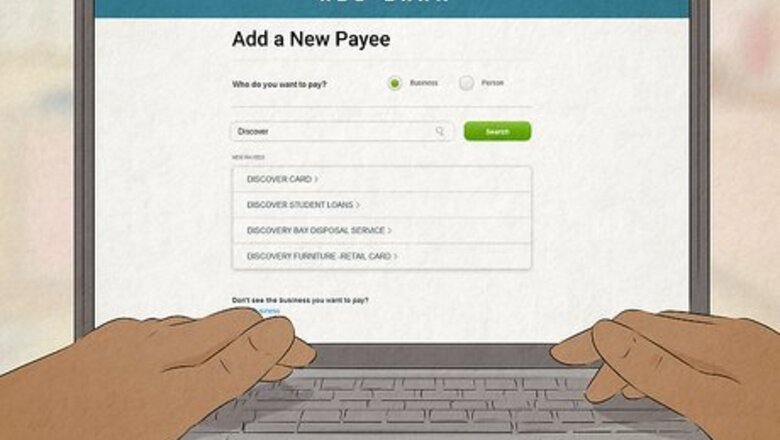
views
X
Research source
Online
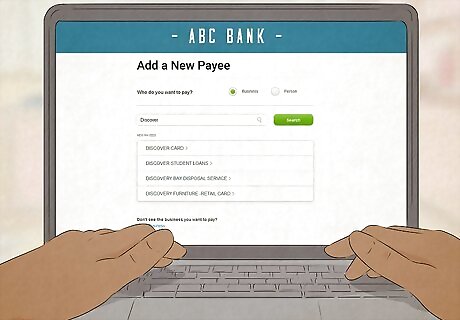
Set up the credit card company as a payee with your bank. If you use online banking to pay your bills, you can pay the credit card bill through your online account or mobile app. Simply add the name of the credit card company as a payee and include the account number of the person whose bill you want to pay. If you want to pay the person's credit card bill online, this is usually going to be your easiest option. You won't have to ask the person for their login information to access their online credit card account and you won't be accessing their credit card account.
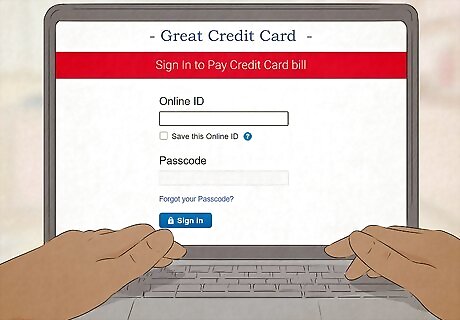
Go through the credit card website if you have the cardholder's credentials. To make a payment directly to the credit card, you'll need the username and password of the person whose bill you're paying. Credit card companies typically won't let you create an account except to pay your own active card. This usually isn't a viable option unless you're paying the bill of someone you know very well who trusts you with their login information. Even so, you might recommend that they change their password after you've made the payment.
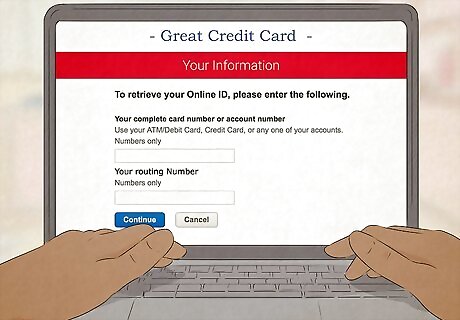
Enter your bank account and routing number to make a payment. Credit card companies typically won't accept another credit or debit card as payment. If you're paying from a savings account, contact your bank or check the website to get the routing number.
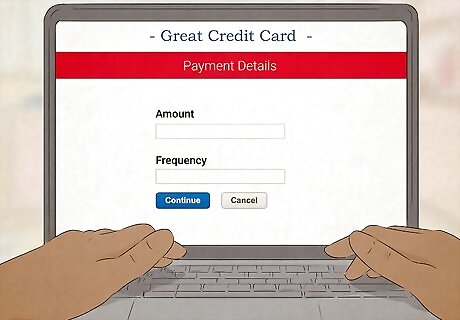
Choose your amount and frequency of payment. Use the one-time payment option if you're only making a single payment. Typically, you don't have to save your bank account information in the person's account to do this. If the website requires you to save your account information to make a payment, you can always go back and delete it after the payment has gone through.
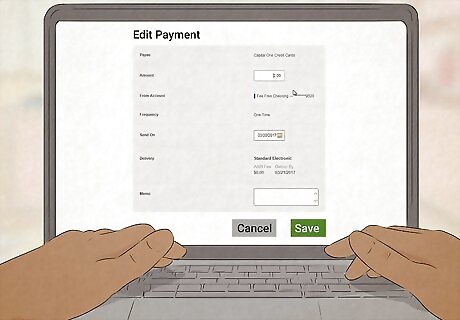
Save your payment confirmation for your records. Whether you pay through your bank or through the credit card company's website, you'll typically get a confirmation number. Print that out or write it down so you'll have it in case there's a problem with the payment. You might also want to pass on the confirmation number to the person whose bill you paid. The credit card company likely won't talk to you if there's a problem processing the payment since you aren't an authorized user.
Over the Phone
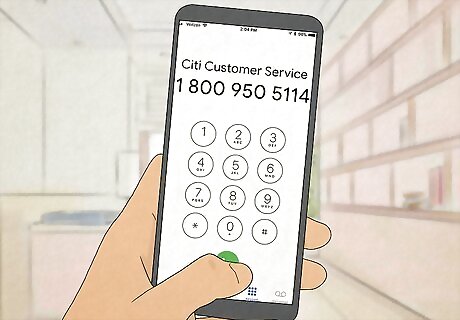
Call the customer service number for the credit card company. The customer service number for bill payment is typically found on the back of the credit card. Here are US customer service numbers for some of the most common credit card companies: American Express: 1-800-528-4800 Bank of America: 1-800-732-9194 Capital One: 1-800-227-4825 Chase: 1-800-935-9935 Citi: 1-800-950-5114 Credit One: 1-877-825-3242 Discover: 1-800-347-2683 Wells Fargo: 1-800-869-3557
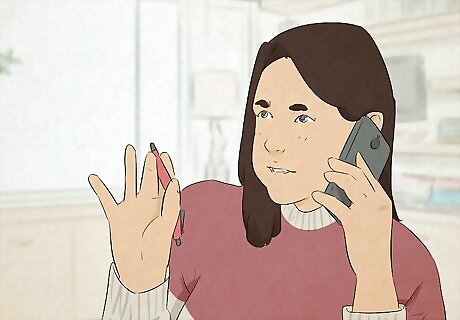
Navigate the menu to a live operator and explain what you want to do. While you might be able to use the automated payment options, it's typically better if you talk to someone. Tell them that you want to pay someone else's credit card bill and they'll let you know what you need to do. For some cards, you might be able to make a payment using the automated payment system, depending on the information you have for the account and the cardholder. You can always call and find out what information you need, then get that information from the cardholder.
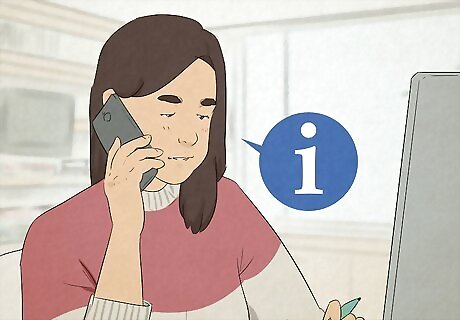
Provide the account holder's name and account number. Some credit card companies might also ask you for the card's expiration date or CVV number on the back of the card, but usually, just a name and account number will be enough for the operator to pull up the account. You'll also need to know the amount you want to pay. The credit card company typically won't tell you the balance on the account or the minimum payment due unless you are listed on the account as an authorized user.
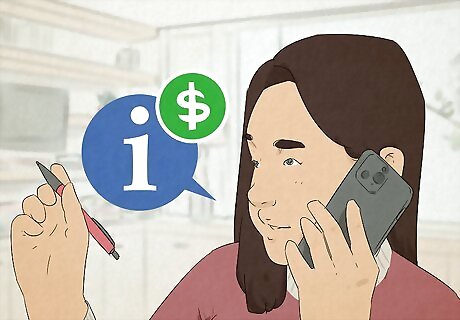
Provide your payment information. Typically, you'll need to provide your bank account number and a routing number to make a payment over the phone. If you're giving these numbers to a live operator, they'll repeat the numbers back to make sure they're correct. Make sure you also give them the name that is on the bank account since it will differ from the cardholder's name. Make sure the operator or automated system doesn't save your account information as a payment profile if you're only making a one-time payment.
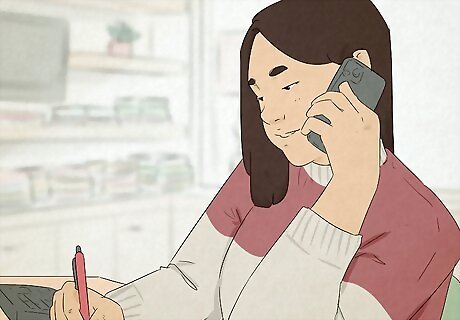
Write down the payment confirmation number. The operator will typically give you a payment confirmation number after you provide your payment information. If they don't automatically do this, ask them for one! You'll need it if there are any problems with the payment. You might also want to pass it on to the cardholder so they have it for their records. Repeat the number back to them after you write it down to make sure you've copied it correctly.
By Mail
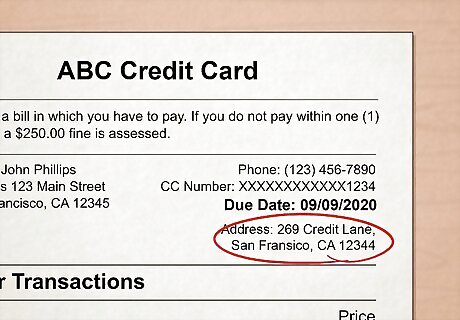
Get the payment address from the person's account statement. Credit card companies typically have several addresses, but there's a specific one for payments. Even the payment address may differ for consumer credit cards and business credit cards, so it's best to use the address on the cardholder's most recent statement. If you can't get ahold of the person's statement or you're making the payment as a surprise, check the credit card company's website. On the contact page, they'll typically have the address you should use if you're sending in a payment.
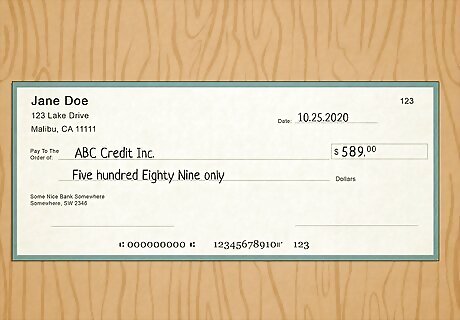
Use a check or money order for the payment. When making a payment by mail, always send a personal check, bank cashier's check, or money order. If you write a personal check, make a copy before you mail it. For cashier's checks or money orders, keep the receipt as your record of payment. You might also want to make a copy of the check or money order (or receipt) for the person whose bill you're paying. That way, they have proof as well in case something goes wrong and the payment isn't processed correctly.
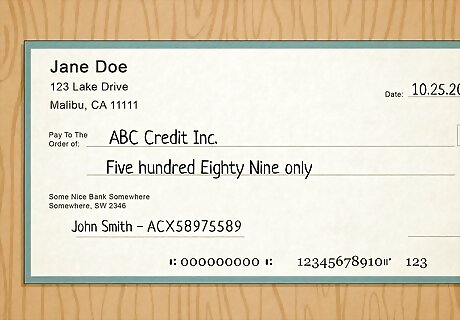
Include the person's full name and account number on the check. Put the account information on the memo line of your check or money order to ensure the payment is applied to the right account. Since the account holder's name isn't listed on your check or money order, adding their name is also helpful. If you're paying with a cashier's check or money order, ask the clerk to add this information to the memo line for you.
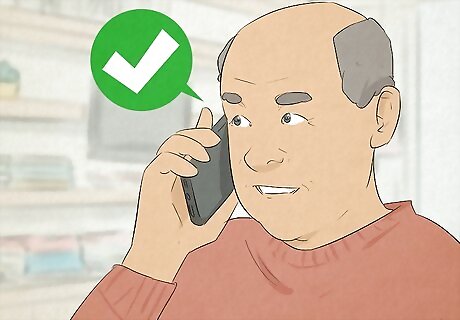
Confirm with the cardholder that the payment cleared. If you write a personal check, you'll know the payment has been processed when it clears your bank account. Otherwise, you may have no way of knowing when the payment clears. Ask the person whose bill you paid to let you know when the payment clears. Even though you made the payment, don't expect the credit card company to contact you about the payment or give you any information about it if you contact them.
In Person
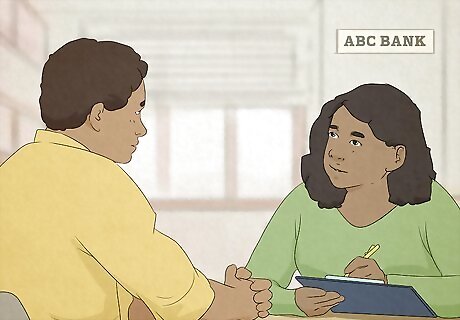
Visit a local branch of the bank that issued the credit card to pay in cash. If the person's credit card was issued by a bank, you can typically make credit card payments at any open branch during regular business hours. When you go, make sure you have the person's full name (as it appears on the card) and credit card account number. That should be all you need, but you might want to call ahead and make sure you don't need any additional information. Some credit card companies don't have physical locations where you can pay the bill in person. In these situations, check the company's website to see if they have partnered with other companies, such as Western Union, to accept in-person payments. The website will give you information to include with your payment to make sure it's credited correctly.
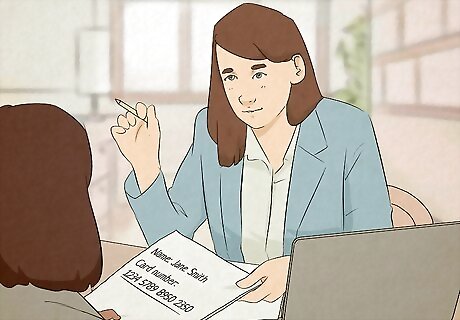
Provide the teller with the card number and cardholder's name. Let the teller know you're paying someone else's credit card bill, then give them the name and account number. It's also usually a good idea to have an amount in mind that you want to pay. The teller likely won't be able to give you any information about the account for privacy reasons. For example, it might not be possible to walk in and pay the balance in full unless you know the amount of the balance. The teller typically can't release that information unless you're listed as an authorized user on the account. It helps if you have a copy of the person's most recent statement since it will have most of the information the teller needs to complete the transaction.
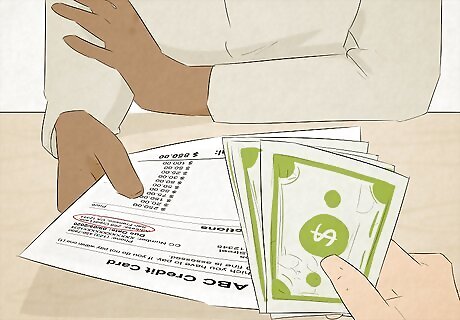
Give the teller money for the payment. When making an in-person payment, you have more payment options and can typically use a personal check or cash if you prefer. Typically the teller will automatically give you a receipt for your payment. Ask for 2 copies so you have one for your records and another to give the person whose bill you paid. If you planned the payment as a surprise, hold their copy until they discover their bill has been paid. Then let them have it for their records.















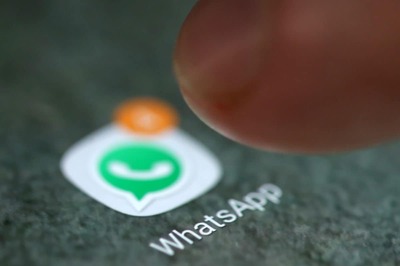

Comments
0 comment